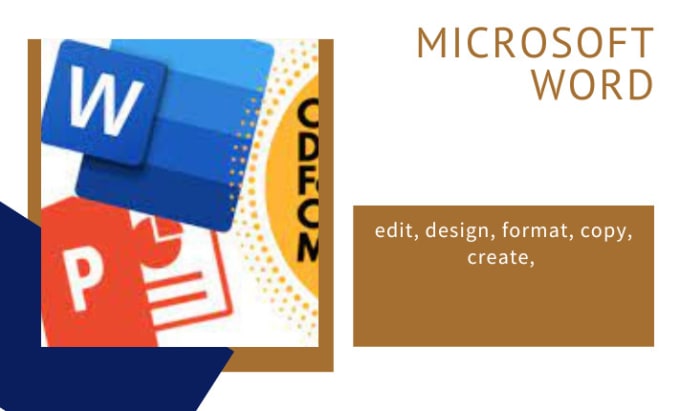

FlowJo makes this easy to do.įirst off, what are keywords and why do you want to use keywords? Most people don’t take advantage of the keywords embedded in the FCS (Flow Cytometry Standard) files to annotate their data.
#LAYOUTEDITOR DATATYPE CODE#
In relation to 5) Import the specified Support Package for the relevant release or implement the advance source code correction in accordance with the attached correction instructions.Īs a workaround, assign RFC authorizations in accordance Note 93254.If you don’t, you’re not alone. You must restart the application server so that the new parameter value comes into effect. In relation to 4) Set the abap/no_sapgui_rfc parameter to space or to '0' In relation to 3) Increase the value for the gw/cpic_timeout system parameter.Ħ0 seconds should be sufficent as a timeout limit. In relation to 2) Include service sapgw in the service file.
#LAYOUTEDITOR DATATYPE PASSWORD#
If there is no firewall, you should check whether you can include the front-end host in the route permission table or whether you can remove the password option from the existing entry.įor details, you should refer to chapter 4.4 of the attached Note 30289. In general, the firewall does not permit such a second RFC connection because it would contradict the security concept (password protection, logging of the connection). As of Release 3.1G, in addition to the existing SAP GUI connection, the graphical layout editor requires an RFC connection to communicate with the application server. This is port 33nn, where nn is the 2-digit system number of the SAP application server. In relation to 1) If there is a firewall between the front-end host and the application server, you must decide whether you want to activate the port for the RFC connection of the graphical layout editor here. The graphical layout editor also terminates here and there are entries of the following type in its trace fileĮRROR in RFCMgr_handleCall: unknown function This indicates that the "Unicode communication type" is incorrectly set for the EU_SCRP_WN32 RFC destination, which is used to communicate with the graphical layout editor. The system issues the error message "EU_SCRP_WN32: Connection closed (no data)". This error can only occur on Unicode systems. Option: RFC destination with "Unicode communication type"

This error can occur as of Release 4.5.Ħ. This problem is caused by a program error that ignores the value of the profile parameter when you call the RFC authorization check (see Note 93254). The system issues error message "No RFC authorization for user xxxxxx", even though the check of the RFC authorization was deactivated by the auth/rfc_authority_check profile parameter (value = space or 0). This prevents the program of the graphical layout editor from being started with RFC at the frontend.ĥ.

The abap/no_sapgui_rfc profile parameter from the system is set (that is, it has a value not equal to space or 0). Option: Set the abap/no_sapgui_rfc system parameter Here the graphical layout editor process also terminates with the trace file entry "ERROR in RFCMgr_accept: not accepted".Ĥ. If there is a high network load, the default value of 20 seconds is too low and this means that the connection cannot be created on time. This system parameter determines how many seconds the gateway waits for the RFC connection to be set up. Option: The value for the gw/cpic_timeout system parameter is too low The affected host may be the front-end host or the gateway host.ģ. The sapgw service (for example, sapgw00) is not recognized on one of the hosts that is participating in the RFC communication because the relevant entry is missing in its service file. Since the connection is denied, the graphical editor process terminates again, and the screen painter switches to the alphanumeric layout editor. If there is no firewall between the front-end host and the application server, the route permission table of the SAProuter either contains no entry for the front-end host (on which the graphical layout editor is started) or the entry states that the link is secured by a password. If there is a firewall between the front-end host and the application server, you must decide whether you can activate the port for the RFC of the graphical layout editor here (see Solution 1 below). The following entry is in the dev_eusp trace file of the graphical layout editorĪnd the following entry of the form is in the dev_rfc.trc RFC trace file Note: For Unicode systems, you should pay particular attention to the sixth option. This is generally caused by the fact that you cannot set up the RFC connection between the front-end graphical layout editor and the calling screen painter program at the backend.


 0 kommentar(er)
0 kommentar(er)
